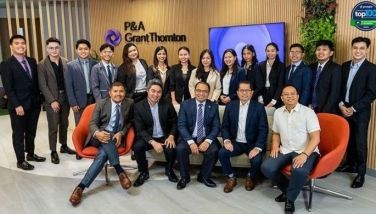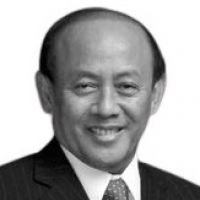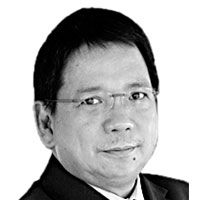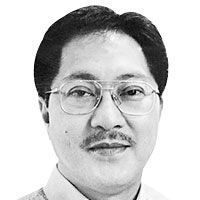Tariffs thousands of miles away could threaten clean energy innovation in the Philippines
The latest round of global tariffs announced by US President Donald Trump may seem like a distant issue for our nascent clean energy sector – after all, the Philippines isn’t exporting electric vehicles or solar modules to the United States. But the effects of these tariffs could be felt much closer to home than expected.
Announced on April 2, the sweeping policy imposes a 10 percent tariff on all imports into the US, with even higher rates for select countries, including 17 percent on the Philippines. While these measures are ostensibly about protecting American manufacturing, their ripple effects risk undermining clean energy innovation here in the Philippines – particularly the efforts of early-stage startups trying to build solutions for a more affordable, reliable and renewable energy future.
Our country stands at a pivotal point in its energy transition. The Department of Energy’s Philippine Energy Plan 2023-2050 charts a path toward reducing dependence on fossil fuels and imported energy sources. Yet despite growing momentum, the transition remains fragile – especially when it comes to the clean energy startup ecosystem.
In our latest 2024 ecosystem assessment at New Energy Nexus, we found that the Philippines’ clean energy innovation landscape is developing rapidly but is still in its early “Builder” phase. Promising startups are emerging, universities are increasingly incorporating energy innovation into their curricula and investor interest is growing. There’s progress. But the ecosystem is also deeply reliant on imported technologies – solar panels, batteries, inverters and other components that make clean energy accessible and deployable at scale.
These technologies often arrive through regional supply chains – from countries like China, Vietnam, Thailand or Malaysia – many of which are also in the crosshairs of US trade measures. When tariffs raise costs, delay shipments or unsettle markets, the impact reaches our shores. The result? Startups in Metro Manila or Cebu, focused solely on local deployment, may still find their costs rising, timelines extending and risk profiles growing. For early-stage companies with limited runway and resources, this could be enough to stall progress or even shut doors.
The IEA’s State of Energy Innovation report, released earlier this year, echoes this warning: the global clean energy ecosystem is becoming increasingly interconnected and vulnerable. The supply chains for solar panels, batteries and EVs rely heavily on a few countries for critical minerals and component manufacturing – a strategic dependency that leaves nations like the Philippines exposed to economic and political shocks beyond their control.
And those disruptions don’t just raise prices – they erode confidence. Investors become hesitant. Partners delay procurement. Customers see price hikes. Momentum is lost.
This is particularly dangerous in the Philippine context, where startups are already navigating challenges like limited R&D funding, slow procurement cycles and bureaucratic bottlenecks. Our 2024 ecosystem report found that the strongest elements of our clean energy innovation landscape are government support and growing talent pipelines – but also that knowledge-sharing is still limited and historical startup success stories are few. We’re building something promising, but the foundation is still forming.
There are already examples of progress that we should be protecting. Startups are developing smart grid technologies for remote areas, mini-solar systems for communities in off-grid islands and electric mobility solutions adapted to the Filipino context. But without consistent access to affordable hardware, these breakthroughs remain stuck in pilot phases, unable to reach scale.
So what can we do?
First, the Philippine government should seize this moment to double down on its commitment to clean energy by supporting the localization of supply chains – not to replace global trade, but to reduce our exposure to it. Public funding and incentives can help establish local assembly and testing of core clean energy technologies, from solar modules to battery systems.
Second, local investors and philanthropic actors should provide more patient, flexible capital to startups. The kind that allows entrepreneurs to weather delays or price hikes, and to continue building and testing through volatility.
And third, the Philippines must engage more deeply in regional cooperation on climate and clean energy. While we can’t control tariff decisions made in Washington, we can work with ASEAN partners to build resilient, coordinated clean energy markets that are less vulnerable to unilateral disruption.
Innovation in the Philippines is alive and growing. Our entrepreneurs are not just reacting to climate change – they’re building the technologies and businesses to help solve it. But we must recognize that even global policies made an ocean away can threaten that progress. If we’re serious about energy sovereignty and sustainability, we need to protect our innovators – not just from local barriers, but from global headwinds.
* * *
Brenda Valerio is the country director of non-profit New Energy Nexus Philippines.
- Latest
- Trending
























